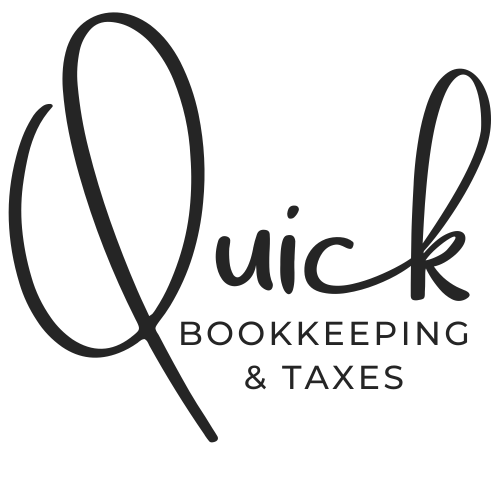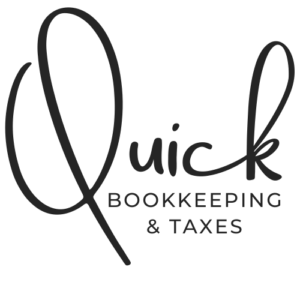Embarking on your entrepreneurial journey often involves making pivotal decisions, with the choice of the right business structure being paramount. The Single-Member Limited Liability Company (LLC) has emerged as a popular option, offering a harmonious blend of liability protection and operational simplicity.
What is Single-member LLC?
A Single-Member LLC is a business structure crafted for solo entrepreneurs. As the sole owner or “member,” it offers a strategic balance, protecting personal assets while simplifying day-to-day operations. With limited liability, this structure ensures that personal assets are shielded from any business-related debts or obligations.
What is Sole Proprietor?
A sole proprietorship is a streamlined business structure where an individual is the sole owner and operator. It’s the most straightforward form, requiring minimal paperwork and formalities.
However, it’s essential to note that, unlike the Single-Member LLC, the business and owner aren’t legally distinct entities. While this structure offers simplicity and full control over decision-making, it lacks the legal distinctions and liability protections found in more complex business forms. Also, Sole proprietors report business income on their personal tax returns.
Paying yourself as a Single-Member LLC:
– Owner’s Draw or Distribution:
How it works: Take money directly from the business profits as an owner’s draw or distribution.
Pros: Simple and flexible; no payroll taxes.
Cons: May not be consistent; doesn’t reduce self-employment taxes.
–Salary or Guaranteed Payments:
How it works: Establish a regular salary or receive guaranteed payments as compensation.
Pros: Consistent income; allows you to set a fixed amount.
Cons: Subject to payroll taxes; requires more formalities.
–Profit Distributions:
How it works: Receive a share of the business profits periodically, as outlined in the LLC operating agreement.
Pros: Can be tax-efficient; aligns with business performance.
Cons: Not guaranteed; tied to business profitability.
–Reimbursement for Business Expenses:
How it works: Get reimbursed for legitimate business expenses paid with personal funds.
Pros: Reduces taxable income; supports accurate financial tracking.
Cons: Limited to actual expenses; not a regular form of compensation.
Paying yourself as a Solo proprietor:
Paying yourself as a Sole proprietor is pretty simple, you just withdraw cash directly from the businesses profit. These personal withdrawals are considered profits and are subjected to taxation at the year-end.
For more info, book a consultation with us at www.qbtconsulting.com, and make sure to stay up to date with latest news on our blog.


